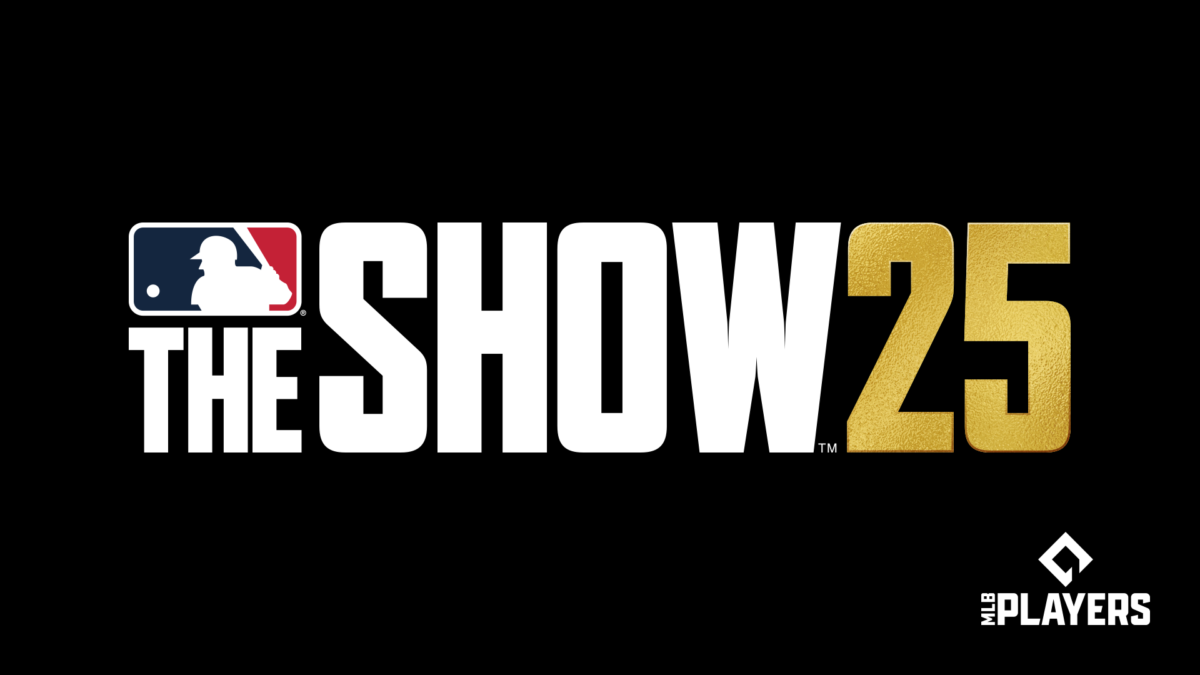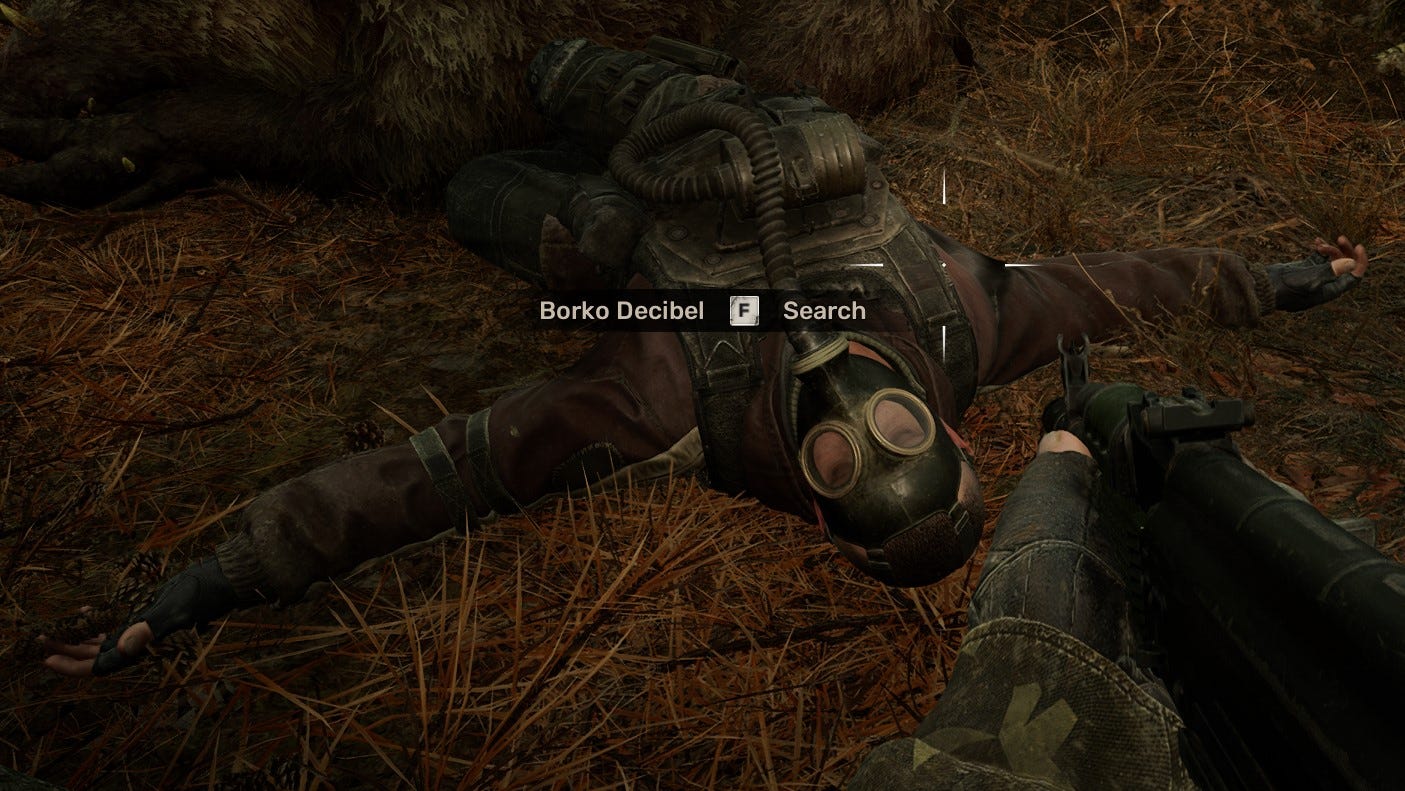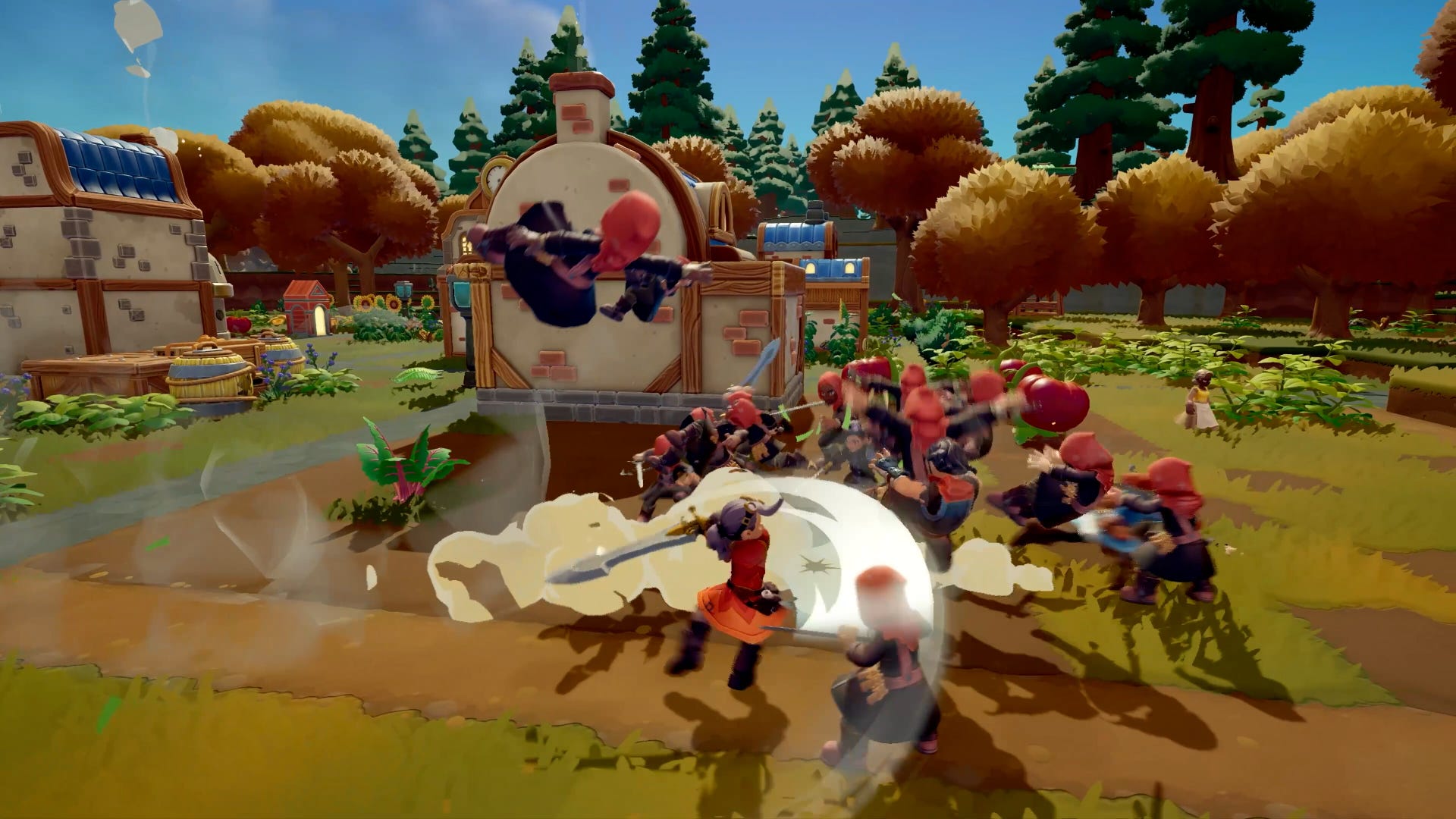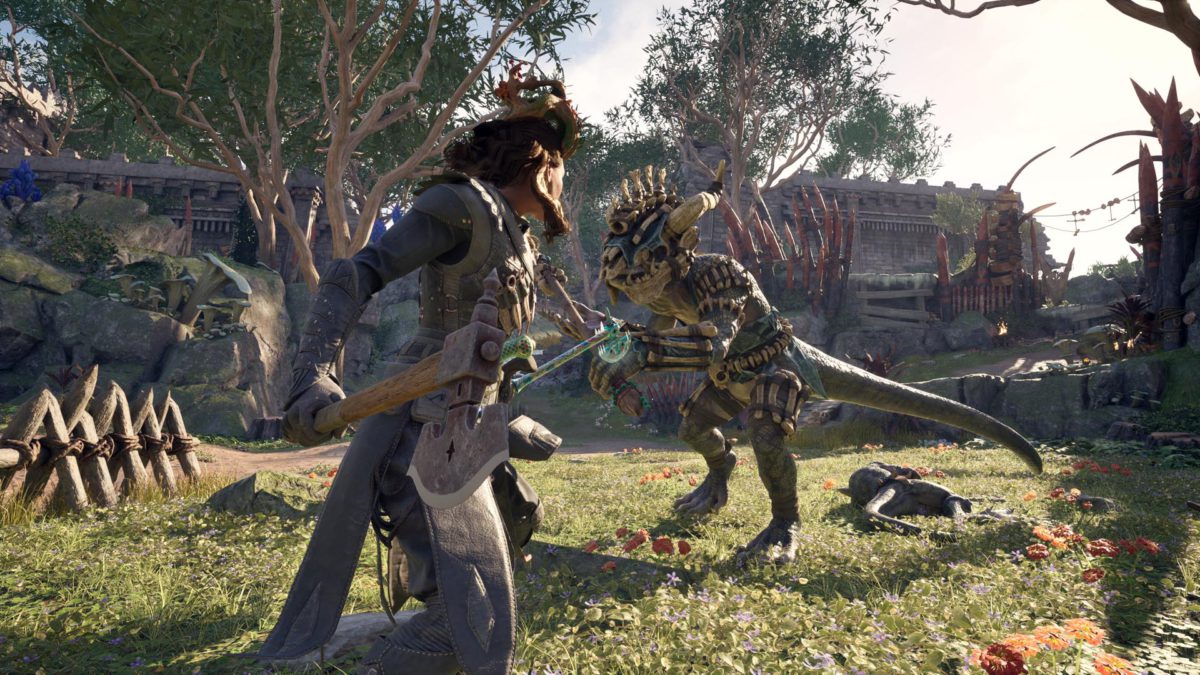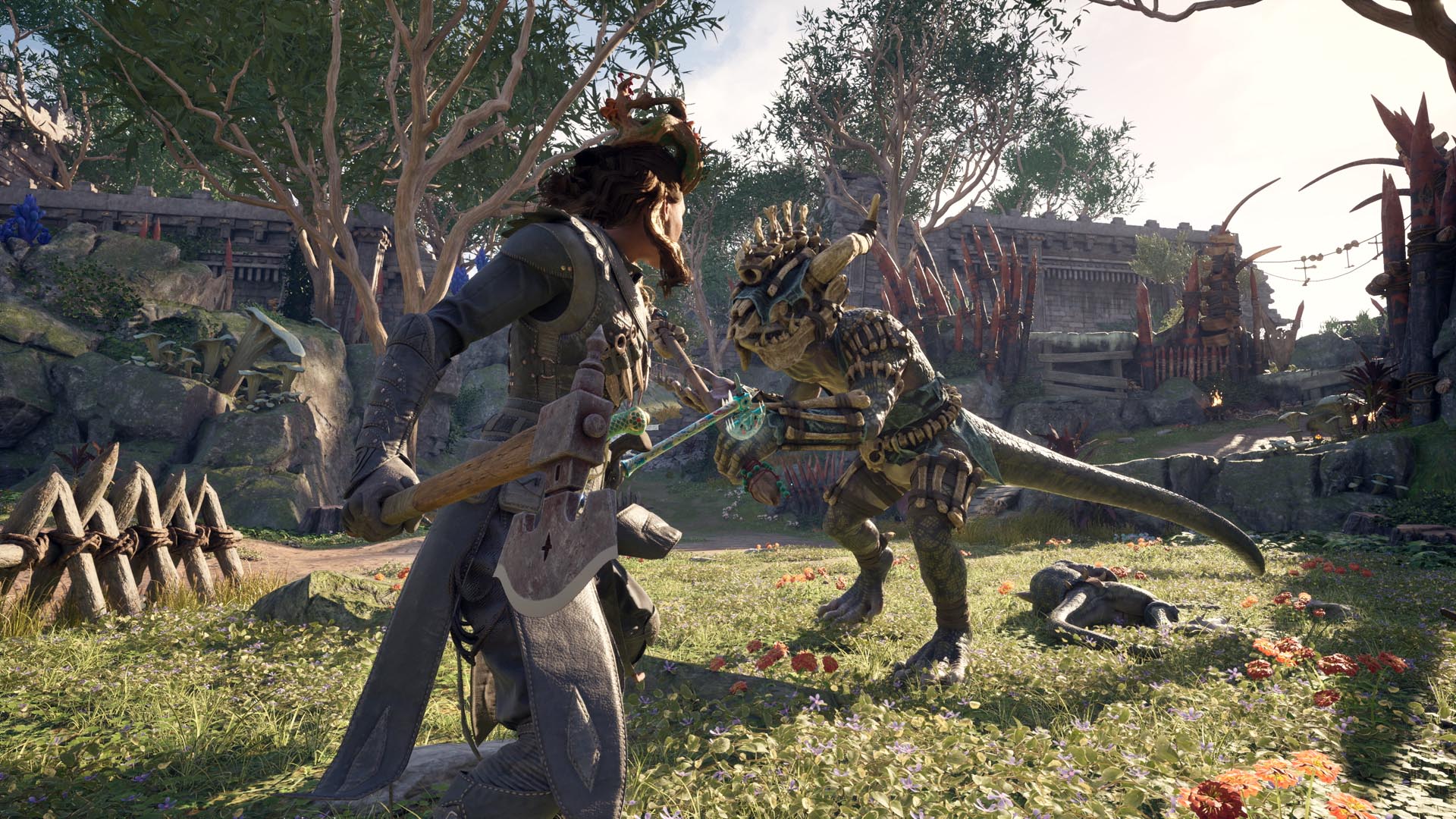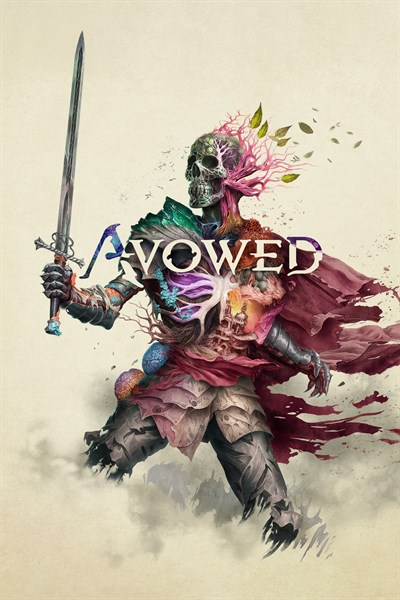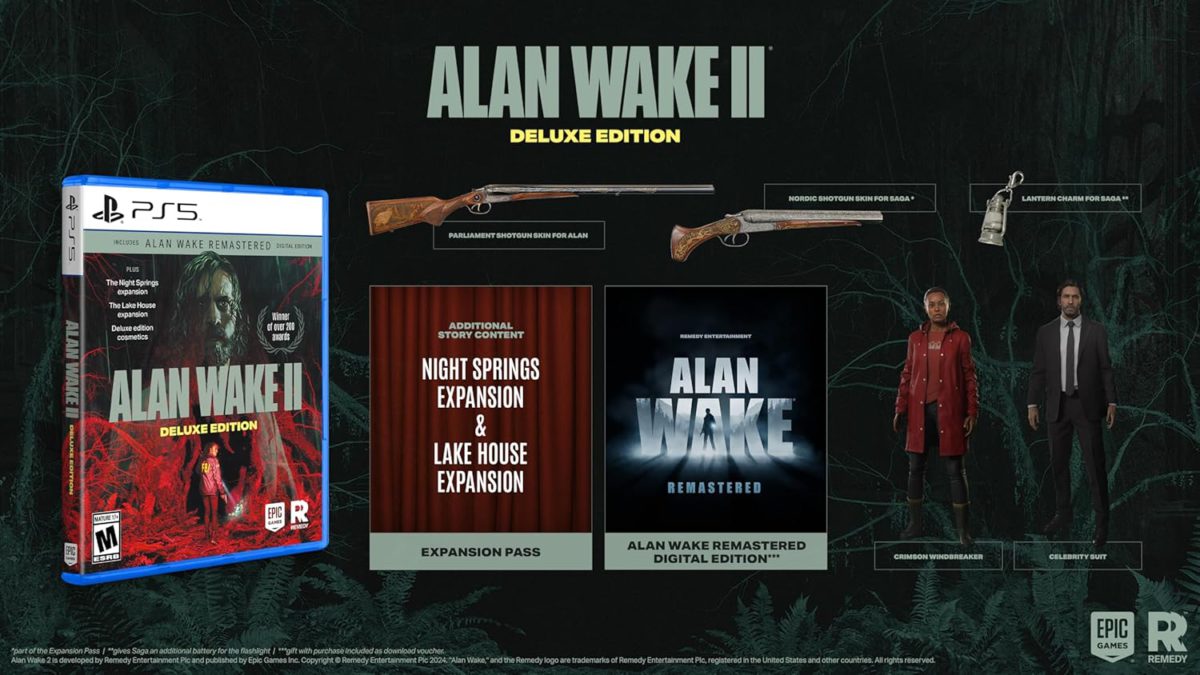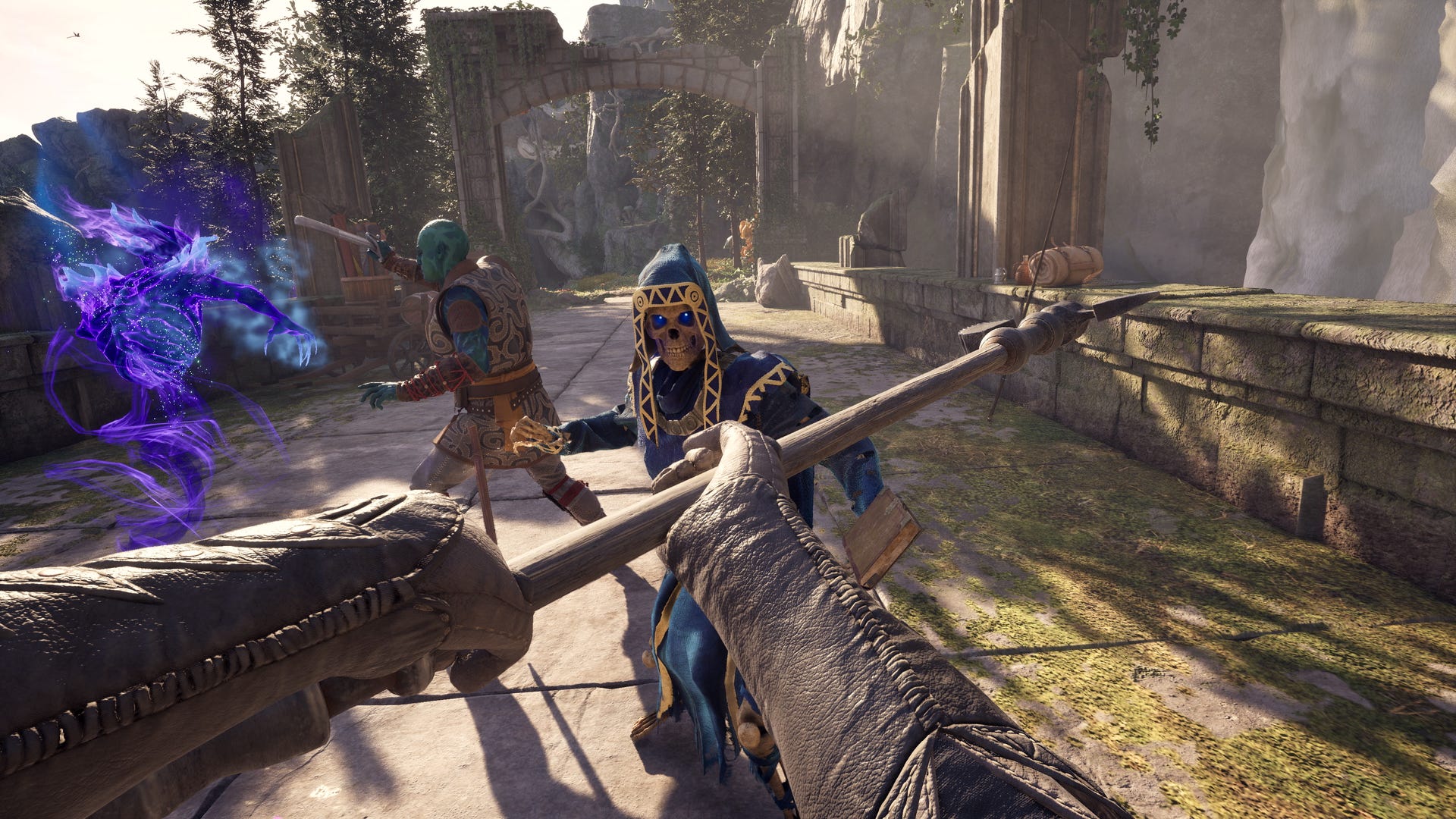Ubisoft has released the huge and highly anticipated Title Update 1.4.0 for Star Wars Outlaws on PlayStation 5, Xbox Series X and S, and PC, which, perhaps most notably, cuts stealth requirements from almost the entire game.
A blog post detailed the patch notes, which are available below, and confirmed the removal of forced stealth (meaning players will no longer have to return to a checkpoint when triggering “do not raise the alarm” or “do not get caught” objectives) alongside improvements to enemy AI and detection, facial expressions and animations, and more.
“This Title Update brings changes to combat and stealth allowing for greater player choice, the ability to now keep pick-up weapons in more situations, visual options to allow for a sharper image and much more to improve your journey across the galaxy,” Ubisoft said.
It doesn’t address the issues affecting some PC players who updated to Windows 11 24H2, however, but Ubisoft said it is “working hard to deploy a permanent fix” as soon as possible.
Star Wars Outlaws creative director Drew Rechner promised to make big changes to “elevate the game experience to better meet” player expectations.
Sentiments such as these are often seen in the wake of disastrous game launches but Star Wars Outlaws debuted to positive reviews. Poor sales shook a struggling Ubisoft, however, and it is now working to improve the game ahead of what it hopes will be a sales bump alongside its Steam launch and the holiday period.
Star Wars Outlaws Title Update 1.4.0 Patch Notes
General Gameplay
- Fixed an issue where players could get stuck by not being able to take off using the Trailblazer after certain missions
- Kay now holsters a two-handed weapon in more situations such as when climbing, grappling or using the speeder
- Improved AI speeder usage
- Improved enemy detection
- Improved enemy tactical decision-making in combat to encourage more active management of their positioning
- Decreased enemy damage per shot while increasing the damage cadence increase over time
- Improved detection signs and feedback of cameras
- Player state (crouched, standing) is now kept after traversal actions
- Fixed an issue where only one NPC would be alerted when whistling
- Fixed an issue where the player could remain undetected in high grass while performing aggressive actions
- Enabled the use of combat in parts of syndicate districts
- Added weak points to various enemies
- Adjusted weapon aiming (spread, recoil, etc.) to allow for more precision and management
- Updated weapon damage values for Kay for all weapons
- Increased headshot damage when hitting enemies
- Improved blaster module usage (Ion and Power)
- Removed player blast damage from the Power module
- Added enemy stagger to explosions
- Added body part-specific death animations to improve combat satisfaction
- Improved NPC cover usage during combat
- Fixed an issue where Kay would put away the holotracker when crouching
- Fixed an issue where hostile NPCs were sometimes marked as friendly and could not be damaged by blaster fire
- Adjusted jumping to give more control in the air of where you will land
UI, HUD and Settings
- Added visual indication of when an NPC starts detecting the player
- Added text highlighting which blaster module should be used when aiming at heavy guards, droids and cameras
- Prompt to ping the tracked objective is now more prominent and affected by HUD visibility settings
- Added icons to environmental objects that require unlockable abilities
- Improved Nix quick action icon by highlighting button when having an active target
- Made it clearer whether a takedown could trigger combat
- Added NPC tags above their heads (works with existing colorblindness settings)
- White – Neutral
- Orange – Aware
- Red – In Combat
- Adjusted Adrenaline Rush cost based on difficulty
- Story mode – 100% (unchanged)
- Normal – 110%
- Challenging/Hard -150%
- Improved wanted system messaging and display
- Fixed an issue where some gear effect icons were not showing correctly
Audio
- Improved enemy dialogue when they are going in and out of cover
- Fixed an issue where sound wouldn’t play through the DualSense controller on PS5
- Fixed an issue where arcade games would be missing music after starting a new game
Cinematics
- Added facial animations to gameplay dialogue scenes and vendors
- Improved animations and visuals of some dialogue scenes
- Fixed an issue where ND-5 would be missing from the passenger seat when landing/taking off from Renpalli or Achra stations
Camera
- Improved camera when shooting, aiming down sights, and moving aim
- Improved cover camera, including the ability to manually shoulder swap when aiming
- Improved the camera by showcasing a better view of each shop when interacting with a vendor
Worlds, Fauna, and Flora
- Fixed an issue with destructible flora
- Fixed an issue where the visual effects created by waterfalls were broken
- Increased the distance at which lights can be seen in the world
- Improved the visuals of some grass textures and mud, especially at distance
Photo Mode
- A new clean lens has been added
Accessibility
- Added a Custom Controller Preset to allow remapping of individual buttons. You can choose separate sets of button swaps for Kay, the speeder, and the Trailblazer.
- Added a new ‘strong’ aim assist setting
- Added a new auto-transfer option for climbing, which lets you automatically hop between climbable objects by moving towards them instead of having to press a button
- Added setting to change how large and clear the effect showing the security camera detection area is
- Sound effects slider split into two separate sliders, for gameplay sounds and background sounds
- Faster menu narration, settings now go up to 400% speed.
- Menu narration now reads lockpicking and slicing minigames, objective hints, and which Sabacc card is currently highlighted in your hand and while drawing/discarding
- Option added to toggle the Cinematic Lens (distortion, fringing, and vignetting effects) off for gameplay
- ‘Fill screen’ is now the default screen ratio, meaning larger text size for the initial menus before you reach the ratio setting screen
- ‘Remove all’ hold input for map markers added to ‘change holds to presses’ setting
- Descriptions of accessibility settings reworded for improved clarity
Miscellaneous
- Fixed an issue where destroying a ship by ramming it would not count towards the ‘Never tell me the odds’ trophy/achievement
- Fixed an issue where the ‘Shoot First’ achievement/trophy and ‘The Better’ ability could not be unlocked at the same time
- Fixed an issue where defeating Death Troopers during certain missions would not count towards the ‘Defying Death’ Ubisoft Connect Challenge
MAIN & SIDE QUESTS (beware of spoilers)
Toshara
- Rejected
- Fixed an issue where Kay can’t listen at the bar to progress the intel quest
Tatooine
- The Veteran
- Fixed an issue where the quest line would not start if travelling to Akiva before the dialogue finishes
- Partners
- Fixed an issue where the cinematic would not trigger if using Adrenaline Rush as the Rancor hits the hangar doors
Akiva
- Revelator
- Fixed an issue where ND-5 could spot Kay when going from crouched to standing while on a steam vent
Bug Reporter
We’re pleased to announce that reporting issues will now be easier- introducing the Star Wars™ Outlaws Bug Reporter. This website functions the same way as on other Ubisoft titles; it’s your direct channel to view issues reported by other players and to directly report any issues you encounter to our team. We will actively update this board so you will be aware when issues are being investigated, and when fixes and improvements will be rolled out in an upcoming update.
Ryan Dinsdale is an IGN freelance reporter. He’ll talk about The Witcher all day.

